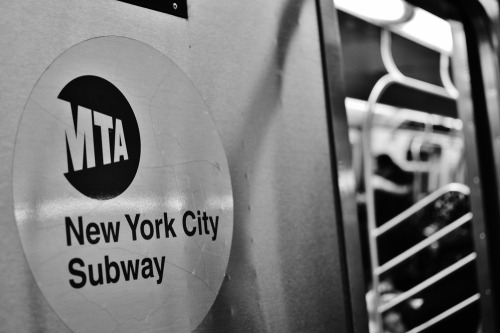
While New York’s Metropolitan Transportation Authority (MTA) has avoided fiscal disaster brought on by the Covid-19 pandemic, it’s not in the clear yet, a new report from the New York State Comptroller has found.
Comptroller Thomas P. DiNapoli issued the annual report on MTA’s finances Tuesday, detailing how the combination of higher spending, federal aid, lower ridership, extreme weather have created a challenging landscape for the agency in the future.
“The MTA is the engine that drives New York City’s economy and it is running on borrowed time,” DiNapoli said. “It has so far survived the worst crisis in its history by covering budgets with massive federal aid. The MTA and its funding partners face tough choices on challenges that can turn into emergencies if not dealt with promptly. Bringing riders back, protecting against extreme weather and maximizing new sources of revenue are all challenges the MTA needs to address before emergency federal funds dry up in 2025. After that, the MTA faces enormous budget shortfalls that could harm the regional economy with no easy solutions.”
According to the report, MTA intends on closing significant budget gaps ($4.8 billion in 2021, $2.9 billion in 2022, $2.5 billion in 2023, $2.8 billion in 2024 and $3.3 billion in 2025) by using $10.5 billion in federal assistance. MTA spending during that period will increase by 4.2 percent more than projected inflation during that period.
Once the federal aid runs out, MTA plans to balance its budget with more than $1 billion of deficit financing, a “dangerous practice” the comptroller’s office said of paying for short term needs with long-term borrowing. If MTA isn’t able to manage budget risks through savings and revenue measures, the report found, it will need to begin borrowing funds a year earlier. In addition to adding to MTA’s already outsized debt-burden, borrowing to cover operational costs would run the risk of reducing the agency’s funds for capital investments, the report said.
Additional federal support in the proposed Infrastructure Investment and Jobs Act would help alleviate the agency’s debt burden by allowing MTA to borrow less, the report said. Implementation of congestion pricing could bring more riders and funding to the system which would also reduce traffic congestion, the report said.
DiNapoli’s report said MTA needs to do a thorough reassessment of its capital needs to prioritize service and win back riders. Ridership through 2025 is not expected to return to pre-pandemic levels, but even small fluctuations could have a big impact on the agency’s revenue, the report said. If workers telecommute only 1.5 days a week over the next year, MTA revenue would increase by $300 million. But if workers telecommute 3 to 4 days a week, revenue would be $500 million less for the year, the report found.